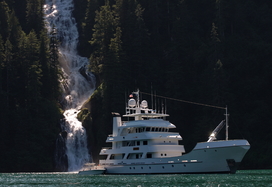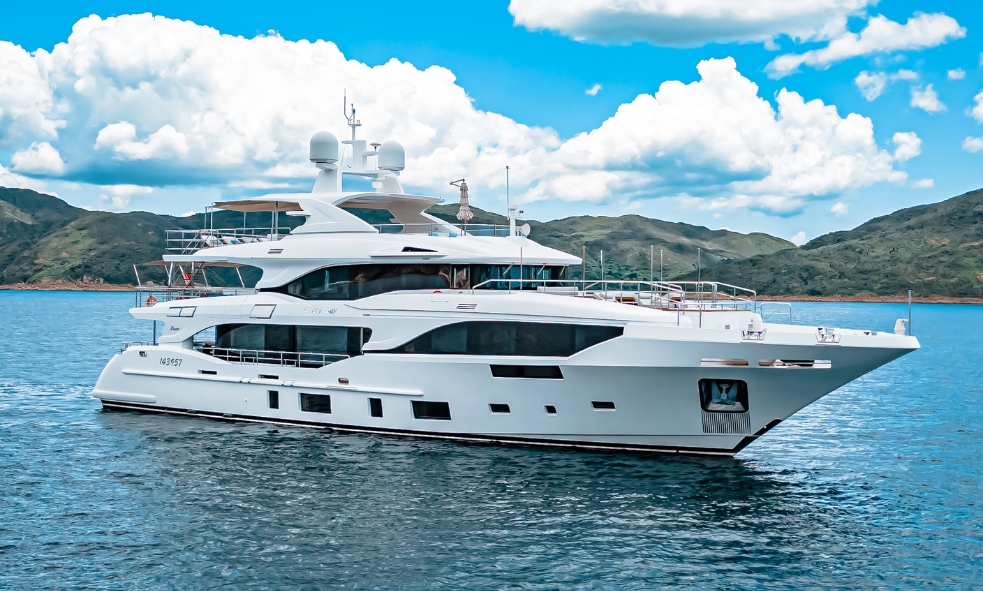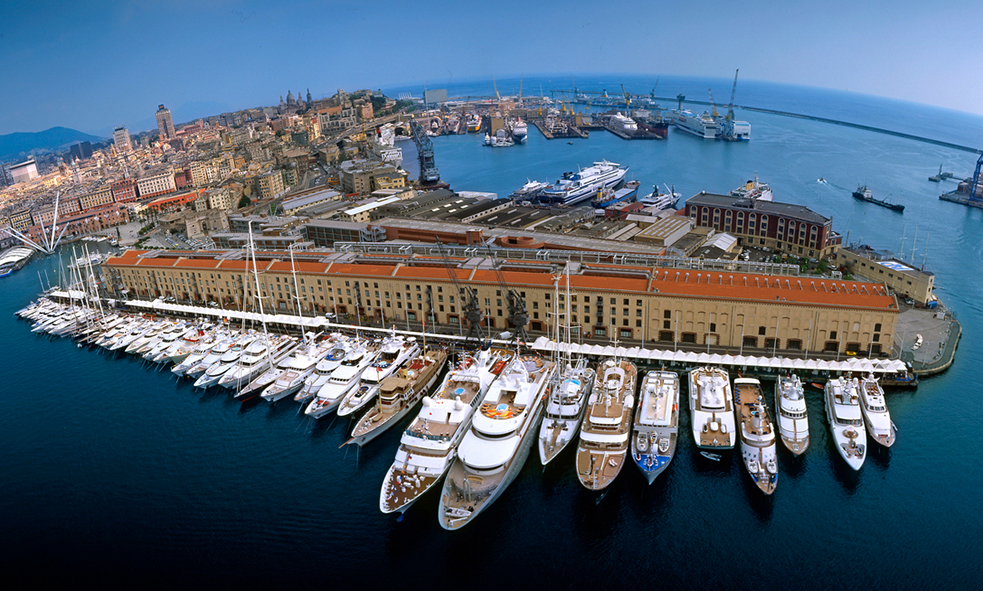02 March 2015
For The Love of The Ocean

In the superyacht world, philanthropy can be seen in two ways. The traditional involvement, of course, means donating to charities, and that remains much needed. However, the newest form of philanthropy involves the yachts themselves. The biggest hurdle for scientists wanting to study the oceans is not money, not lab equipment, not staffing. It’s finding a way to get out on the oceans to do the research. But with the help of a few dedicated yacht owners that is now beginning to change.
The luxurious 141-foot expedition yacht M/Y COPASETIC was designed by her owner with marine research in mind and, through the SeaKeepers Society, the owner has connected with neurobiologist Leonid Moroz of the University of Florida. An ongoing problem for scientists had been getting fragile marine creatures to a lab on shore, but freezing the samples and shipping them often meant they were lost in transit or thawed. “If you cannot bring the creatures to the lab, why not bring the lab to the sea?” asked Moroz. The result is Ship-Seq, a portable lab sized to fit aboard yachts. Ship-Seq was built at the suggestion of the captain of M/Y COPASETIC, and the university found a shipping container and retrofitted it with everything from lab equipment to a gimbaled table to keep things level at sea. For Moroz and his team of graduate students aboard M/Y COPASETIC, clad not in lab coats but in deck shoes and aloha shirts, the samples came straight from the water into the lab within minutes.
The goal of Ship-Seq is the sequencing of DNA and RNA from tiny multicellular marine organisms. This sequencing provides the genome, or genetic material of each organism that is studied. Subjects so far include the ctenophore, a primordial creature with an elementary brain that is able to regenerate its own brain in just a few days. Another organism, known as hydra, is able to rebuild its organs, while the bolinopsis can heal acute wounds literally as the scientists watch. All of these have immense possibilities in the cure of human diseases ranging from spinal cord injuries to strokes to the healing of severe injuries. In just two short trips from Florida to Bimini, Moroz and M/Y COPASETIC analysed samples that would have normally taken a year to collect, sending the information via satellite to a supercomputer at the university, which analysed and returned the data within hours. “If we could get a fleet of ships doing this, we could double our knowledge of the ocean in a year or two,” said Moroz. “There are potentially unique solutions in nature for medicine, but they are disappearing". This article and images originally appeared in Fraser yachting magazine














